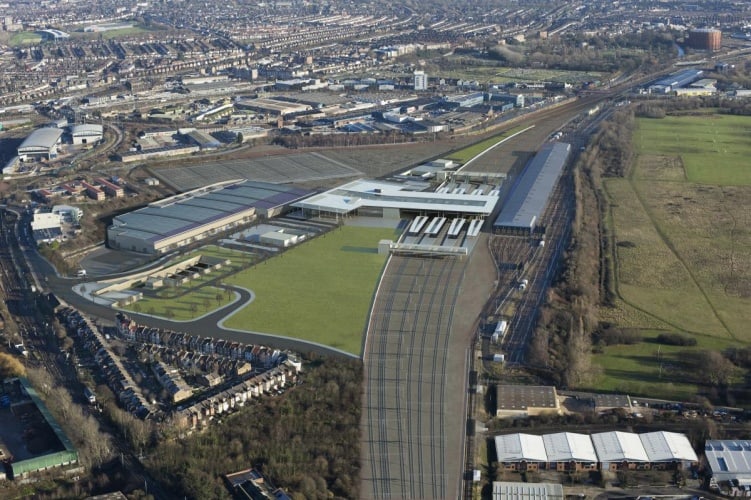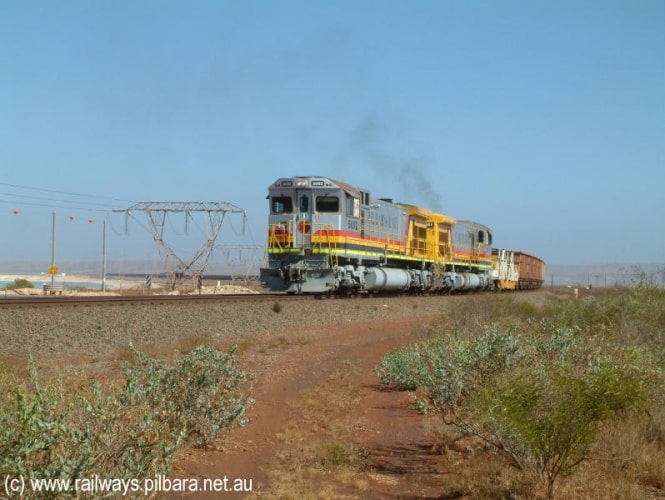Outside of commuting, the vast majority of people in Britain today don’t use the railway that often. ‘Is it the transport of last resort or the transport of choice?’ is a wonderful phrase that is often used, and looking at the results of PwC’s most recent consumer survey, the answer is ‘last resort’.
According to the survey, published last year, most people predominantly drive themselves to work. And if money was no object most people would still choose to go by car — either driving themselves or being chauffeur driven. Nevertheless, demand on Britain’s major rail networks is forecast to increase significantly and it’s essential that a network transformation occurs in order to cope with this demand. By 2030, overall volumes are expected to be around 120 per cent of current levels, growing at a rate of 3.3 per cent year-on-year. From a passenger perspective, numbers have increased at a faster pace than expected and they continue to rise.
”Most people predominantly drive themselves to work. And if money was no object most people would still choose to go by car
Extensive research has been conducted globally attempting to gauge exactly what it is that freight users and passengers will need from and expect of railway systems
in the future. All conclude that the ideal system would be easy, convenient and utterly reliable, dependable and secure.
Mind the gap
The significant gaps that exist between customer expectations and service delivery must be eliminated. Ideally, I want those choosing rail to feel as in control of their journey as if they were driving their car.

In my IET lecture I will be discussing how future station and rail system design should ensure that passengers do not need to wait on the platform for their train. The aim is to provide an informed and high-quality service such that passengers are confident they can arrive at the station five minutes before the train is due. Should they have a problem and miss their train, they automatically have a reserved seat on the next one.
For freight, delivering the railway system of the future effectively comes down to providing the same type of experience. Because freight is about logistics, and at
its essence, people are self-loading freight. So the core concepts still apply: easy, convenient, and utterly reliable, dependable, and secure.
Global view
Last year, the Central Japan Railway Company introduced its N700 Advanced high-speed train, which included a form of automatic train operation allowing the network control system to manage the trains’ progress even more accurately through a journey than their legendary drivers. Passengers may not notice the additional punctuality given the already high performance, but the prize is an extra train path every hour on an intensively used corridor, made possible by the reduction in allowance necessary for minor perturbations at key junctions.
A simpler form of this technology can be seen in the development of driver advisory systems — non-safety-critical supplements to conventional control that guide the speed of trains approaching key junctions so that they arrive when signals are clear to proceed. Reducing ‘stop-start’ driving not only improves punctuality and potential capacity at vital pinch points — it can pay for itself in reduction traction energy and brake wear, which is why the idea is being pursued so enthusiastically on the heavy freight networks across North America.

Best railway in the world?
When it comes to choosing the ‘best railway in the world’, the heavy haul railways of the Pilbara region of Western Australia lay claim to this title. They are operated to achieve a single business purpose of conveying huge quantities of iron ore from inland mines to coastal ports. The railway is considered as an integrated engineering system and every aspect is continuously improved within a total model that values infrastructure, rolling stock and control system together. The result is a totally reliable, profitable, just-in-time operation carrying 200Mt each year in some of the most inhospitable territory imaginable.
I want my IET lecture to inspire Britain’s engineers to help develop a control system that integrates all of the necessary elements and provides the engineering backbone of a future railway system that delivers the best possible passenger and freight experience.
With Britain’s engineering heritage there is no reason why it should not once again have the best rail network in the world.
‘Britain’s Rail Future — User Focused, Technology Driven and Engineering Led’ is this year’s IET Sir Henry Royce Memorial Lecture. It was delivered by Prof Andrew McNaughton on 25 September 2014 at the Royal Institution, London, UK. For more information please use this link.
Prof Andrew McNaughton FREng is chief engineer and technical director for HS2




Swiss geoengineering start-up targets methane removal
No mention whatsoever about the effect of increased methane levels/iron chloride in the ocean on the pH and chemical properties of the ocean - are we...